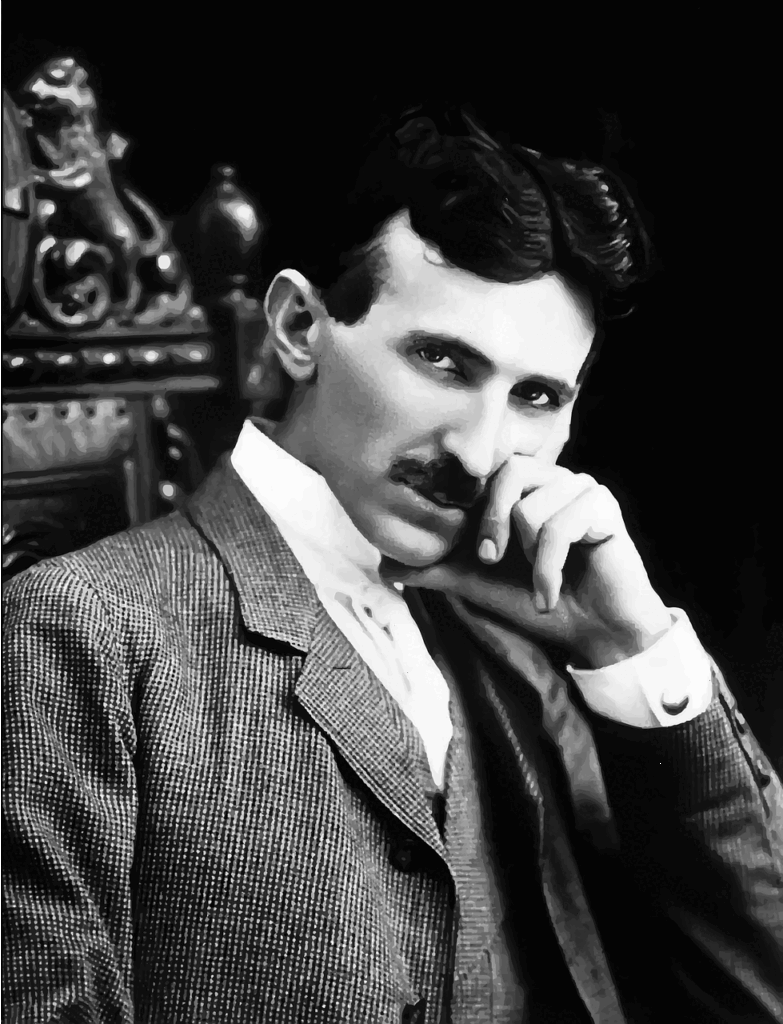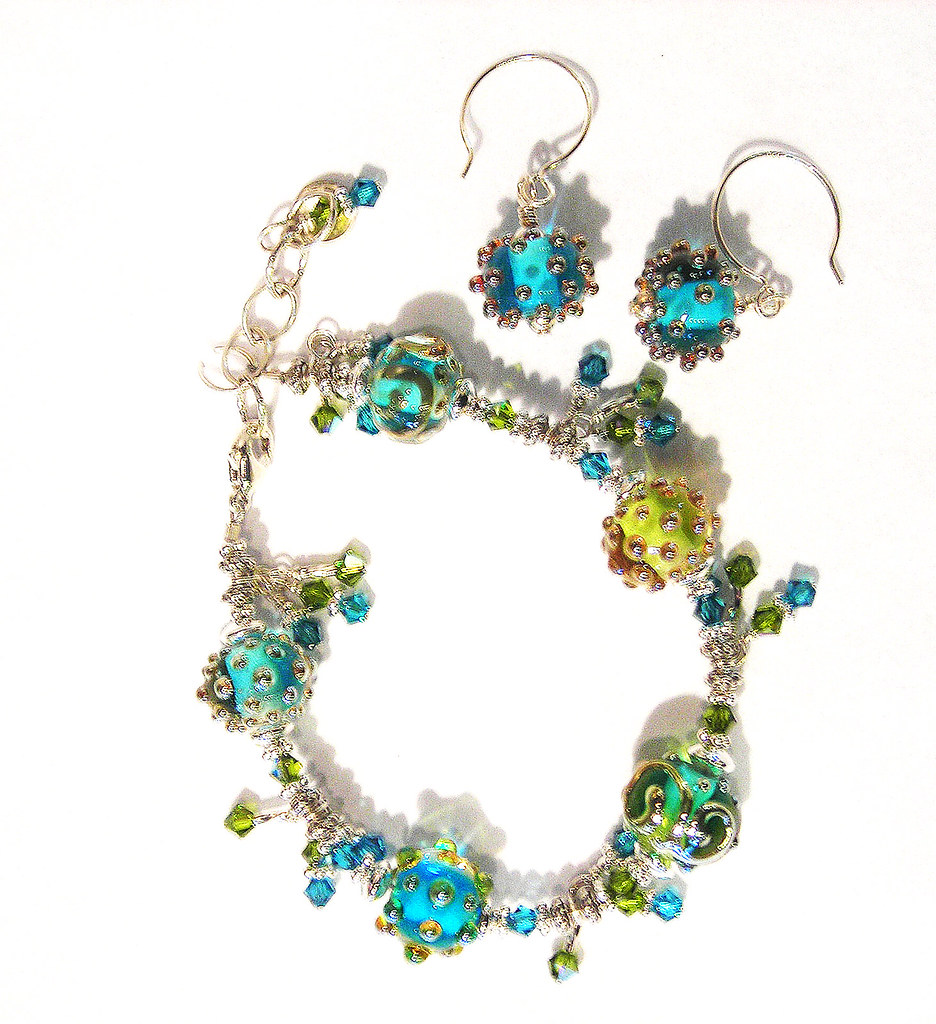The world of high art collecting is not merely a passion project; it is an intricate domain where immense wealth intersects with discerning taste, strategic investment, and a profound appreciation for masterpieces. For the select few with the financial wherewithal, acquiring art is an expensive, yet often rewarding, endeavor, transcending mere aesthetics to become a significant asset class. These collections, often housing works by the most celebrated artists in history, are not just symbols of prestige but also powerful economic entities, frequently valued at sums that rival national GDPs.
This exclusive realm is populated by a blend of reclusive billionaires who treat art as a commodity and public figures who share their treasures with the world. Their collections represent a staggering accumulation of cultural capital, reflecting diverse tastes from Old Masters to cutting-edge contemporary works. Here, we delve into the portfolios of some of the most influential collectors, whose holdings command staggering valuations, providing a glimpse into the art market’s upper echelons.
From pioneering abstract expressionism to championing 20th-century titans, these individuals have shaped the global art landscape, often redefining market values and influencing public perception. Their acquisitions are not just transactions; they are declarations of influence, testaments to legacy, and, in many cases, shrewd financial plays that underscore the enduring power of art as both an investment and a cultural touchstone.

1. **David and Ezra Nahmad: The Art Market’s Strategic Maestros**Brothers David and Ezra Nahmad are credited with assembling the largest private art collection globally, an astounding inventory valued at an estimated $3.5 billion. Their collection is an empire of masterpieces, encompassing more than 4,500 works, a substantial portion of which includes an astonishing 300 pieces by the inimitable Pablo Picasso. This immense hoard is primarily housed in a sprawling 15,000-square-foot warehouse located in the tax-haven of Geneva, Switzerland.
What truly sets the Nahmad brothers apart is their pioneering approach to art dealing, which began in the 1960s in Italy after their family sought refuge from antisemitism in Syria. They revolutionized the market by treating art much like financial stocks, employing a strategy of ‘buying low, holding, and selling high.’ This shrewd, business-first mentality is exemplified by a Picasso painting they acquired for $2.6 million in 1995, only to later divest it for a staggering $30.8 million.
Their philosophy is distinctly commercial, viewing artists like Picasso and Monet not merely as creative geniuses but as established ‘brands,’ akin to corporate giants like Pepsi or Apple. This perspective, though perhaps not endearing them to every art purist, highlights their unparalleled success in the financial dimension of the art world. Despite their immense holdings, much of this colossal collection remains unseen by the public, underscoring their primary focus on investment rather than exhibition.
Beyond their reputation as astute businessmen, the Nahmads have embedded their legacy deep within the art market. Their methodical accumulation and calculated divestment have allowed them to shape trends and influence valuations on a global scale. This strategic trading, combined with their extensive private inventory, positions them as undisputed giants in the high-stakes world of art finance, proving that for them, business truly is business, even when the product is a priceless masterpiece.

2. **David Geffen: A Singular Vision in American Modernism**Music and movie mogul David Geffen, a co-founder of Dreamworks Animation and Asylum Records, boasts an art collection so formidable it’s valued at an estimated $2.3 billion. This places him among the elite, holding what is considered the world’s largest private art collection in his sole possession. His passion for art appears to rival, if not surpass, his dedication to the entertainment industries that built his fortune.
Geffen’s collection is particularly rich in pieces from the abstract expressionist and pop art movements, featuring iconic names such as Jackson Pollock, Willem de Kooning, David Hockney, and Robert Rauschenberg. These significant holdings represent nearly a quarter of his considerable net worth, illustrating the profound commitment he has made to the art world. His discerning eye has consistently focused on post-war American icons, shaping a cohesive and historically important collection.
His acumen extends beyond mere acquisition; Geffen is widely regarded as a ‘smart art collector’ in terms of both buying and selling. His collection has maintained its formidable value even after the strategic sale of monumental works, including Pollock’s “No. 5, 1948” and Willem de Kooning’s “Woman III,” which together commanded an impressive $277 million in 2006. These transactions underscore his savvy in navigating the volatile high-end art market.
Geffen’s influence is further solidified by his philanthropic contributions. In 2017, he made one of the largest gifts in the museum’s history, donating $150 million to the Los Angeles County Museum of Art (LACMA). His singular collection not only reflects his personal taste but also profoundly influences the landscape of American art, making him a central figure in both its market and its patronage.

3. **Eli and Edythe Broad: Public Access to Post-War Giants**Eli and Edythe Broad, renowned for their philanthropic endeavors, built a collection of post-war and contemporary art so significant it necessitated its own dedicated institution. The Broad Museum in Los Angeles houses more than 2,000 works, an extraordinary collection valued at over $2 billion. Eli Broad, uniquely, achieved the distinction of founding two Fortune 500 companies, a testament to his entrepreneurial drive.
The Broads’ collection includes an impressive array of artists who defined their respective eras, such as Andy Warhol, Roy Lichtenstein, Ed Ruscha, Cy Twombly, and Jean-Michel Basquiat. Their commitment to sharing art with the public is a hallmark of their collecting philosophy. Unlike many private collectors, they invested $140 million to construct their museum, ensuring widespread access to their treasures.
Their dedication to art extended even to the minutiae of acquisition, with Eli Broad reportedly charging multimillion-dollar purchases to his credit card. This anecdotal detail highlights not only his financial prowess but also a deep personal engagement with the process of building such a monumental collection. The Broads were driven by a profound ‘mission to share their love of art with the world,’ epitomizing selflessness in patronage.
Works like Warhol’s “Two Marilyns” and Lichtenstein’s “I…I’m Sorry” are among the iconic pieces on display at The Broad. The museum stands as a physical manifestation of their belief that art should be a communal experience, accessible to all, making their collection not just one of the most valuable, but also one of the most publicly engaged in the contemporary art sphere.
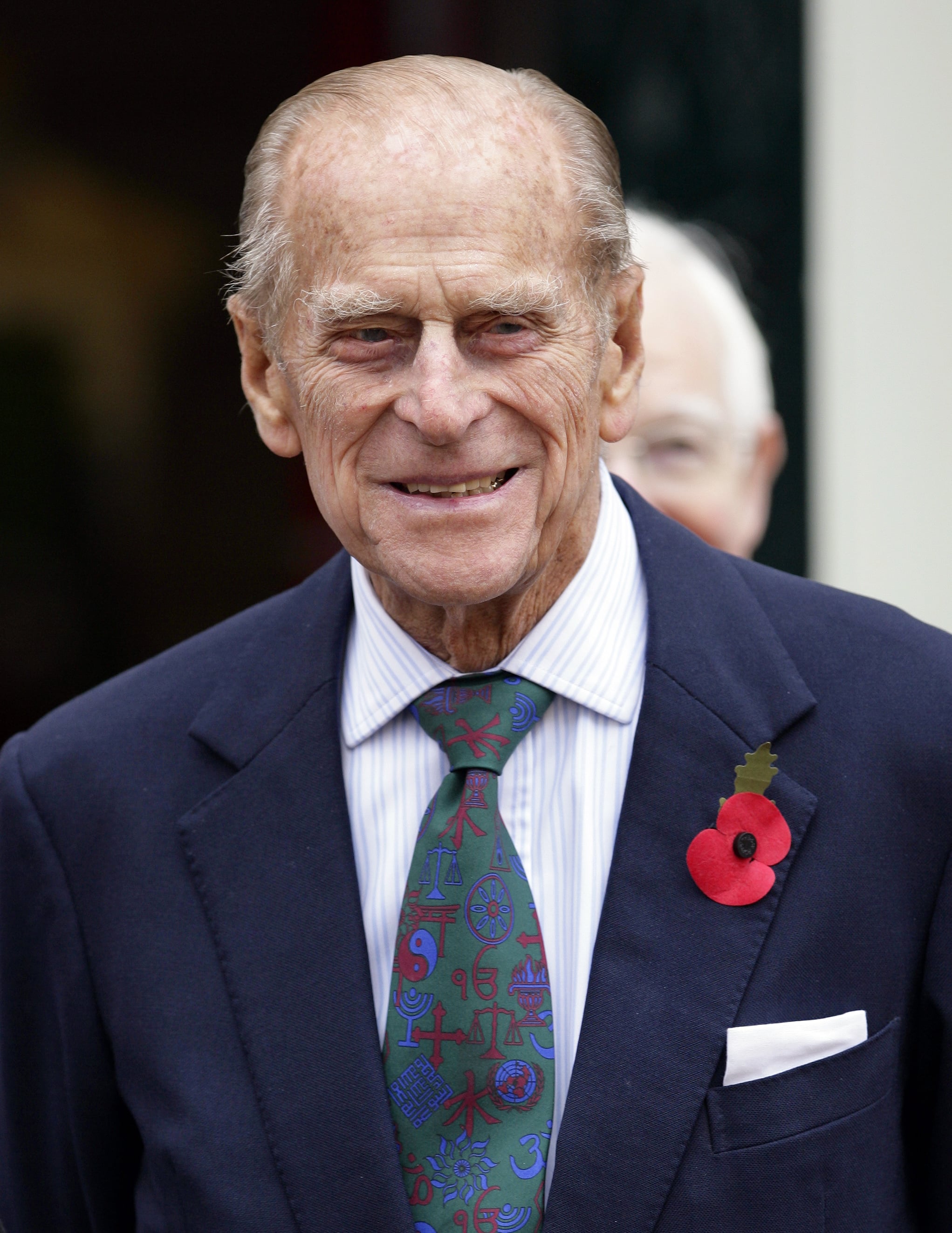
4. **Philip Niarchos: Inherited Legacy, Evolved Vision**Philip Niarchos, the heir to the immense Niarchos shipping fortune, oversees an art collection with an estimated worth of approximately $2 billion. This formidable collection traces its origins to his father, Stavros Niarchos, who assembled an initial trove of masterpieces including Van Gogh’s famous self-portrait and Picasso’s “Yo, Picasso.” Philip has since taken the reins, skillfully expanding and diversifying this inherited legacy.
Under Philip’s stewardship, the collection has evolved to incorporate significant contemporary works, featuring artists such as Andy Warhol and Maurizio Cattelan. His taste is characterized by an inclination toward ‘bold and often challenging pieces,’ exemplified by his acquisition of Warhol’s “Marilyn Red and Green.” This demonstrates a keen eye for works that push boundaries and command attention in the modern art discourse.
Niarchos also demonstrated early recognition of emerging talent, notably being ‘one of the first collectors to put a dollar value on Basquiat’s genius’ when he purchased a “Self-Portrait” by the artist for $3.3 million. This acquisition occurred at a time when Basquiat’s other works were commanding significantly lower prices, showcasing Niarchos’s foresight and influence in setting market benchmarks for contemporary artists.
The Niarchos collection stands as one of the most valuable private art holdings in Europe. While it is rarely put on public display, its sheer value and the caliber of its pieces continue to set new standards for what billionaire collectors aspire to acquire. It represents a continuous saga of passion, investment, and strategic foresight across generations.

5. **François Pinault: A French Billionaire’s Global Art Imperative**French billionaire François Pinault, the visionary founder behind luxury fashion brands such as Gucci and Yves Saint-Laurent, has cultivated an art collection valued at an impressive $1.4 billion. His journey as an art collector spans more than three decades, during which he has amassed over 2,500 pieces, focusing predominantly on modern and contemporary art. Pinault’s influence extends deeply into the art world, notably through his ownership of Christie’s, a major international art auction house.
The Pinault Collection showcases works by some of the most prolific and impactful artists of the 20th and 21st centuries, including Mark Rothko, Andy Warhol, and Jeff Koons. His commitment to making art accessible is evident in his transformative projects in Venice, where he converted historic landmarks like the Palazzo Grassi and Punta della Dogana into public exhibition spaces. These venues now host a rotating selection from his extensive holdings, offering curated experiences to a global audience.
Further cementing his legacy as a patron of the arts, Pinault inaugurated the Bourse de Commerce in Paris in 2021, another museum dedicated to presenting his treasures. This significant undertaking underscores his belief in the cultural importance of art and his desire to engage the public with contemporary artistic narratives. His efforts effectively bridge the gap between private ownership and public appreciation.
Pinault’s sophisticated approach to collecting combines deep personal passion with a strategic vision for cultural engagement. His ability to blend luxury business acumen with serious art patronage makes him a colossal figure in the international art scene, demonstrating how private wealth can be channeled to create enduring public cultural institutions and reshape the contemporary art landscape.

6. **Leon Black: Masterpieces as Status Symbols**Leon Black, co-founder of Apollo Global Management, is a prominent figure in the art world, known for his extraordinary $1 billion collection. His acquisitions often make headlines, none more so than in 2012 when he famously paid $120 million for Edvard Munch’s “The Scream,” setting a record for one of the most expensive paintings ever sold at the time. This single purchase cemented his reputation as a formidable player in the global art market.
Black’s collection is a testament to a taste for enduring masterpieces, encompassing works by celebrated artists such as Edgar Degas, Francisco Goya, Rembrandt, and Pablo Picasso. These holdings reflect a discerning eye for historical significance and an appreciation for art that commands both critical and market acclaim. He has long been a fixture in art circles, his presence often signaling major transactions and market movements.
His approach to collecting has often involved acquiring ‘masterpieces that double as status symbols,’ reflecting a strategic alignment of cultural prestige with financial power. While his name has occasionally been linked to broader controversies, within collecting circles, his influence remains unequivocally tied to these record-breaking purchases and his ability to acquire works of unparalleled importance.
The acquisition of “The Scream” not only elevated Black’s own collection but also reshaped perceptions of value for iconic works in the market. His dedication to acquiring such pivotal pieces demonstrates a profound commitment to collecting at the highest echelons, ensuring his collection continues to be a subject of fascination and a benchmark for significant art ownership.
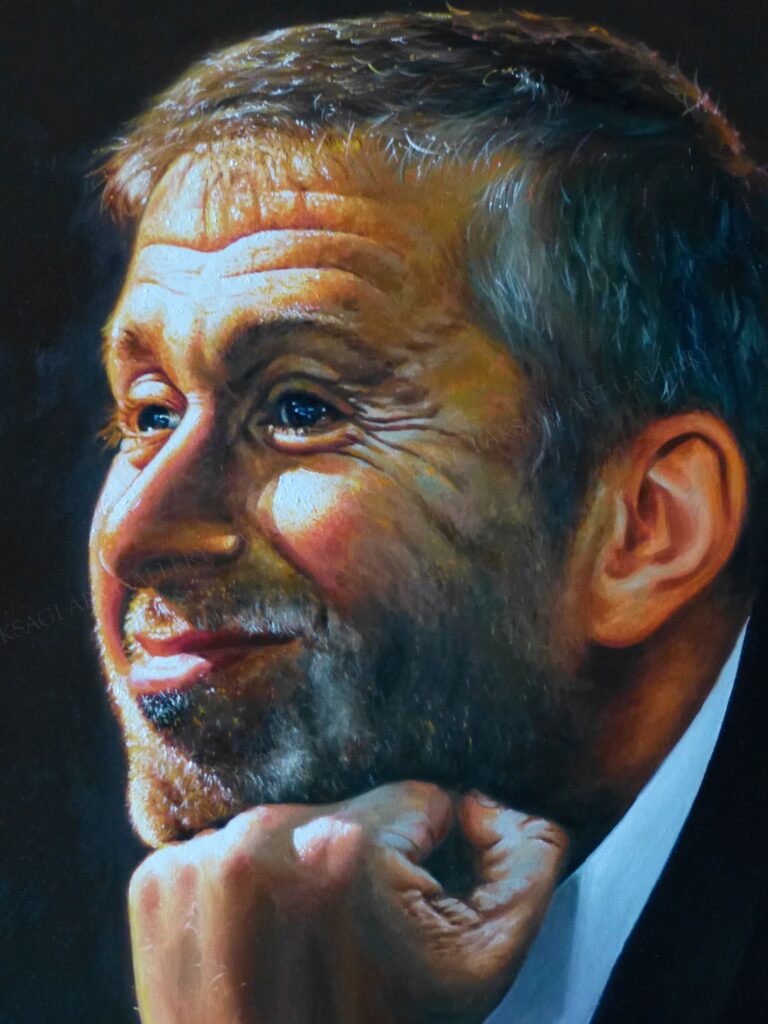
7. **Roman Abramovich: An Oligarch’s Grand Art Statement**Prior to the significant geopolitical shifts that reshaped his financial empire, Russian oligarch Roman Abramovich assembled an art collection valued at approximately $1 billion. This expansive collection comprised over 300 works, featuring an impressive array of artists including Picasso’s “La Liseuse,” pieces by Marc Chagall, and significant works by Francis Bacon. His acquisitions often signaled a new era of ultra-wealth entering the art market.
Abramovich made international headlines in 2008 when he paid an astonishing $33.6 million for Lucian Freud’s “Benefits Supervisor Sleeping,” setting a record price for a work by a living artist at the time. This purchase, much like his ownership of luxury yachts and a prominent football club, epitomized ‘the billionaire collector, buying trophy works to match his yachts and football club’ – a clear statement of immense wealth and influence.
The collection showcased a particular penchant for iconic, high-value pieces that underscored his position in the global elite. His willingness to invest staggering sums in individual works not only enriched his personal holdings but also contributed to the upward trajectory of contemporary art valuations on the international stage. These acquisitions were not just personal indulgences but also grand public statements of his affluence.
While subsequent events have led to the freezing of many of his assets and the sale of Chelsea FC, Abramovich’s art collection stands as a powerful reminder of how deeply contemporary art became intertwined with immense wealth and status in the early 2000s. It chronicles a period when global billionaires reshaped the landscape of art ownership and patronage with unprecedented financial force.

8. **Steve Cohen: A Hedge Fund Titan’s Billion-Dollar Canvas**Hedge fund billionaire Steve Cohen has meticulously built one of the world’s most valuable private art collections, with an estimated worth exceeding $1 billion. His acquisitions span an impressive spectrum, from Impressionist masterpieces to the defining icons of contemporary art, reflecting a sophisticated and diverse curatorial approach. Cohen’s foray into collecting highlights a profound commitment to art that transcends mere financial speculation.
His collection includes truly monumental purchases that have reshaped market benchmarks. Cohen famously secured Picasso’s “Le Rêve” for $55 million, a captivating acquisition that garnered significant attention. Further solidifying his reputation as a formidable collector, he also invested $52 million in one of Jackson Pollock’s iconic drip paintings, demonstrating an appreciation for pivotal works across various artistic movements.
In a remarkable display of market influence, Cohen shelled out $91.1 million in 2019 for Jeff Koons’s stainless-steel “Rabbit,” an acquisition that set an auction record and underscored his willingness to invest in groundbreaking contemporary pieces. His holdings also boast works by masters such as Van Gogh, Munch, Jasper Johns, and de Kooning, making his collection a veritable cross-section of art history’s most celebrated names.
Beyond private ownership, Cohen is known for frequently lending his prized pieces to museums, thereby ensuring broader public access and sharing the cultural wealth. He also enjoys displaying showstopping works like Damien Hirst’s preserved shark, which once graced the Metropolitan Museum of Art, reflecting a desire for his collection to engage with the public discourse and make a significant cultural statement. His passion is clearly not just about possession, but also about impact and engagement with the broader art world.
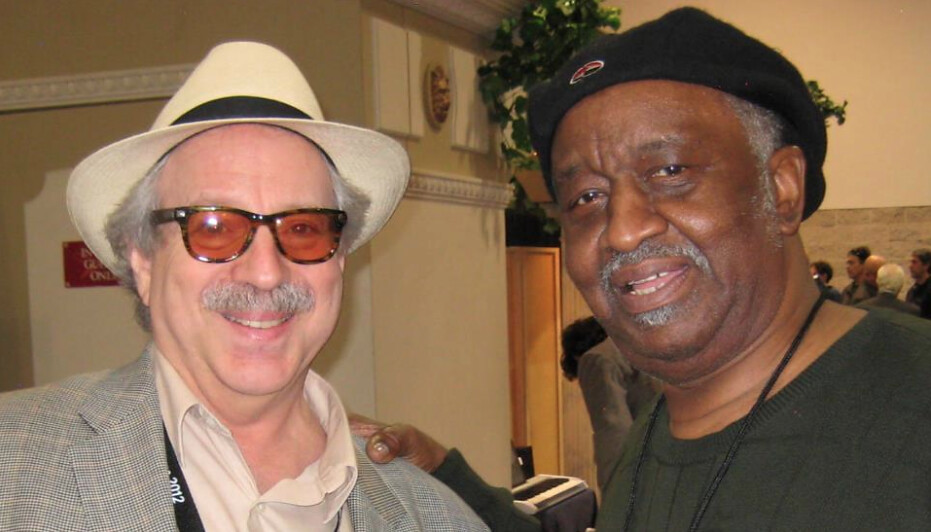
9. **Bernard Arnault: The Luxury Mogul’s Artistic Empire**As the world’s richest man and the visionary head of LVMH, Bernard Arnault views art as both a profound personal passion and a powerful instrument of cultural influence. His expansive collection includes an extraordinary range of artists, from Basquiat and Jeff Koons to Damien Hirst and Picasso, alongside contemporary French artists such as Philippe Parreno. While the exact financial value of his collection is not publicly disclosed, experts widely estimate it to be worth hundreds of millions, if not billions.
Arnault’s influence extends far beyond mere acquisition; he has strategically integrated art into his luxury empire. For over a decade, Takashi Murakami designed vibrant handbags for Louis Vuitton, blurring the lines between high fashion and fine art. Similarly, Jeff Koons created special-edition Dom Pérignon packaging, demonstrating Arnault’s innovative approach to cultural collaborations that elevate both brands and artists. These partnerships highlight his curatorial vision and commercial acumen.
A significant testament to his commitment to the arts is the Fondation Louis Vuitton in Paris, a striking museum he founded specifically to host major exhibitions and showcase contemporary art. This architectural marvel not only serves as a public venue for his collection but also actively supports the creation and curation of new artistic endeavors, solidifying his role as a leading patron in the global art landscape.
Through the Fondation, Arnault ensures that his passion for art translates into tangible public benefit, providing access to masterpieces and fostering contemporary creativity. His collection, therefore, represents more than just wealth; it embodies a sophisticated blend of business strategy, philanthropic spirit, and a deep appreciation for the transformative power of art, making him a central figure in shaping modern cultural discourse.
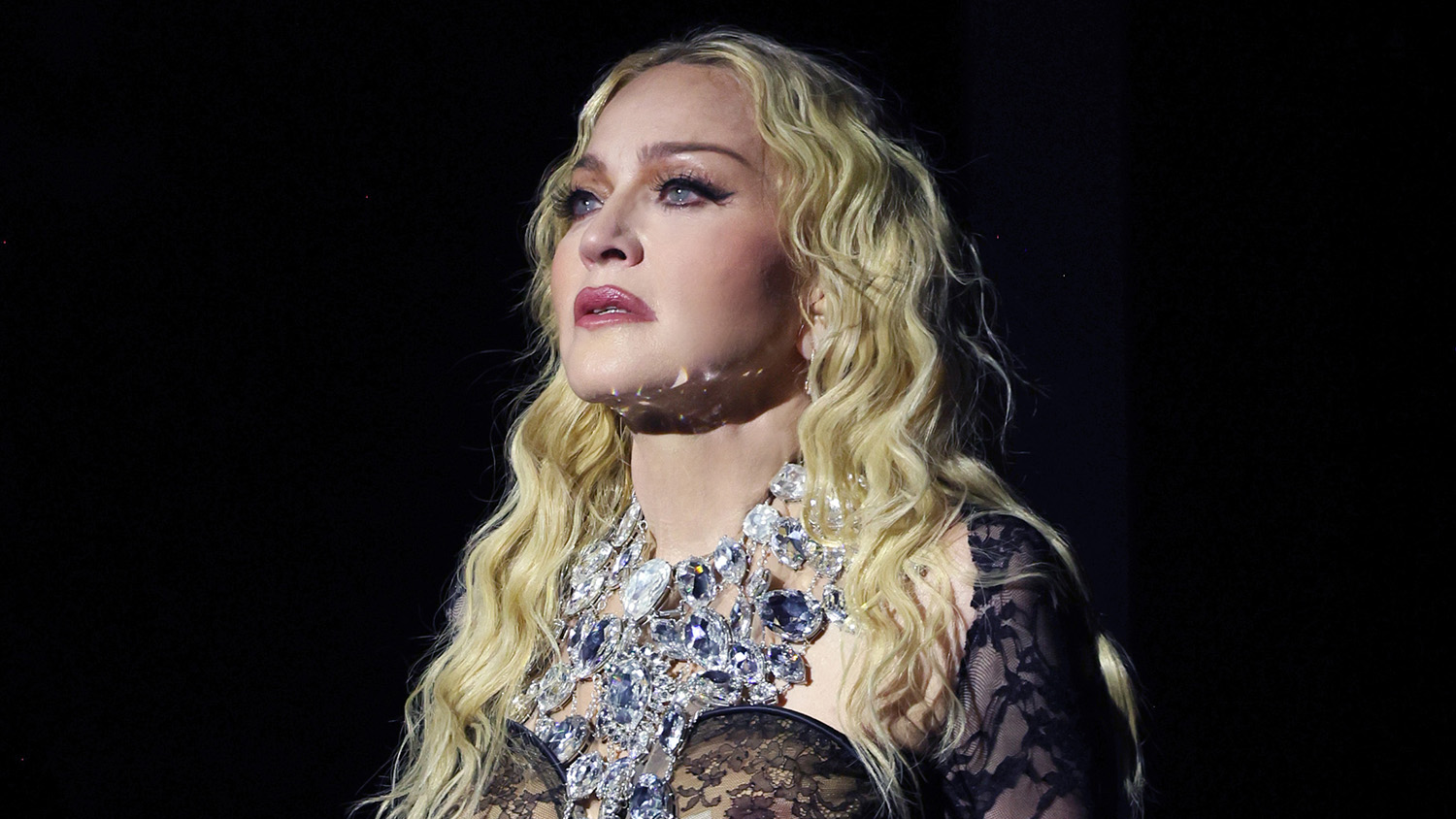
10. **Madonna: A Feminist Icon’s Trailblazing Collection**Madonna, a global superstar known for her fierce advocacy and boundary-pushing artistry, has curated an extensive art collection that powerfully reflects her feminist convictions and discerning taste. Valued at an estimated $160 million, her holdings are notably dominated by works from influential female artists such as Tamara de Lempicka, Marilyn Minter, and her revered muse, Frida Kahlo. This focus speaks volumes about her dedication to amplifying women’s voices in the art world.
Her journey as an art collector began in the 1980s, a period when she fostered close friendships with iconic artists like Andy Warhol, Jean-Michel Basquiat, and Keith Haring. These relationships undoubtedly shaped her aesthetic sensibilities and led to the expansion of her collection to include masters like Salvador Dalí and Picasso, demonstrating a breadth of appreciation that spans across different eras and styles.
Madonna’s collection is not merely an assemblage of valuable pieces; it serves as a dynamic expression of her worldview. Her purchases often echo her strong feminist voice, with Frida Kahlo standing out as her eternal muse, symbolizing resilience and uncompromised self-expression. This thematic cohesion makes her collection unique and deeply personal.
Furthermore, Madonna has also proven to be a savvy art investor with a philanthropic spirit. She once acquired Fernand Léger’s “Three Women at the Red Table” for $3.4 million and later sold it for $7.2 million, demonstrating a keen eye for appreciating assets. Crucially, she donated the substantial proceeds from this sale to charity, underscoring her commitment to using her wealth for broader societal good and cementing her legacy as a collector with both passion and purpose.
These distinguished individuals, from hedge fund titans to entertainment legends and media moguls, collectively illustrate the multifaceted nature of high-value art collecting. Their endeavors move beyond mere accumulation, often shaping public discourse, fostering new artistic movements, and ensuring that cultural masterpieces are preserved, exhibited, and celebrated for global audiences. Their collections are not just a display of wealth, but a profound commitment to the enduring power and influence of art in society.

